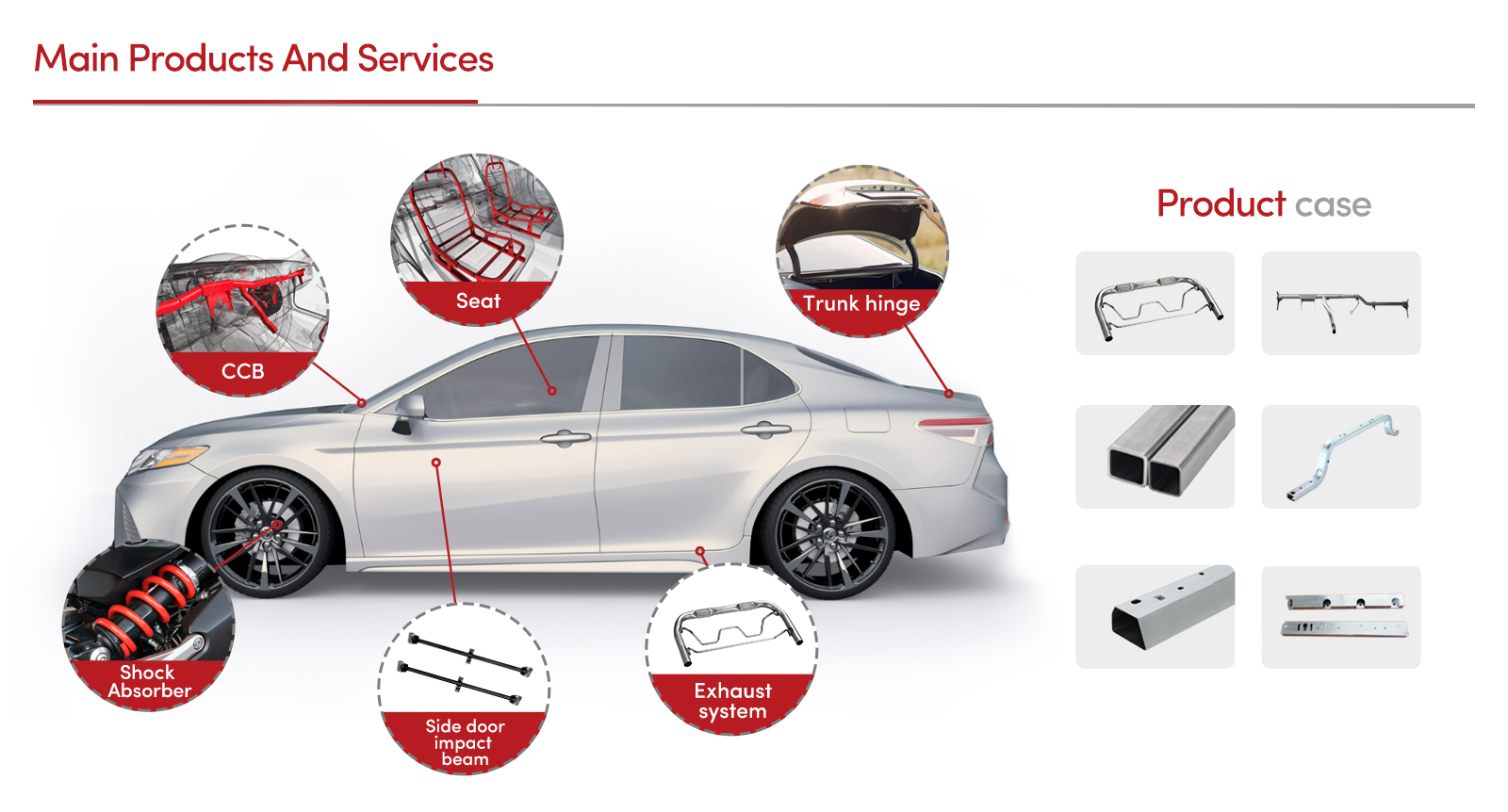side intrusion beams
2 月 . 11, 2025 11:32

Side intrusion beams, often referred to as door beams, are integral components within modern vehicles designed to enhance safety. These structural beams are strategically positioned in car doors to absorb and distribute the force of a side impact collision. With the increasing awareness and prioritization of safety in the automotive industry, the innovation and application of side intrusion beams have ascended to a pivotal role in vehicle manufacturing.

Automotive engineers focus fiercely on enhancing the material quality and the design innovation of these beams. Traditionally, side intrusion beams were made from high-strength steel. Today, however, due to advancements in materials science, many manufacturers are shifting towards ultra-high-strength steel (UHSS), aluminum alloys, and even composite materials like carbon fiber. This shift is primarily driven by the need to reduce vehicle weight – thus improving fuel efficiency – without compromising on the safety performance of the beams.
Manufacturers like Volvo, Tesla, and BMW have become renowned for their cutting-edge research and development in intrusion beam technology. Volvo, in particular, has emphasized creating a safety dome within their vehicles, which involves an intricate network of side intrusion beams. Their innovative use of boron steel, one of the strongest steels available, has set benchmarks for intrusion prevention and energy absorption capabilities.

The importance of side intrusion beams becomes apparent when examining crash test ratings and real-world impact scenarios. Organizations like the Insurance Institute for Highway Safety (IIHS) and Euro NCAP focus heavily on side-impact tests. Vehicles that employ advanced beam technologies often score exceptionally well, demonstrating superior crashworthiness. This is because side intrusion beams are meticulously engineered to limit cabin intrusion during crashes, thereby protecting occupants from direct contact with intruding vehicles or objects.
side intrusion beams
In a practical sense, the optimal design of these beams involves balancing stiffness and crumple zones. While the primary function is to resist intrusion, side beams must also work in harmony with crumple zones to manage kinetic energy effectively. If a beam is too rigid, the force from the impact can transfer directly to the occupants, potentially causing injury. Conversely, if it is too soft,
it may fail to prevent intrusion. Engineers, therefore, design these beams to deform in controlled ways, absorbing as much energy as possible while maintaining the structural integrity of the passenger compartment.
Trust in the performance of side intrusion beams is bolstered by extensive testing and real-world validations. Before reaching mass production, automotive companies subject these components to rigorous simulations and crash tests. Data acquired from these tests inform ongoing improvements and innovations in beam technology. This commitment to safety and engineering precision fosters consumer confidence, reinforcing the trustworthiness of brands known for prioritizing occupant protection.
The ongoing evolution of side intrusion beams also includes advancements in manufacturing techniques. Technologies like hot-stamping and roll-forming have revolutionized how these beams are produced, allowing for greater precision and customization according to specific vehicle designs and needs. Moreover, the adoption of smart materials – those capable of changing characteristics in response to external stimuli – is on the horizon, promising future leaps in beam effectiveness.
In conclusion, side intrusion beams are more than just metal reinforcements in car doors; they symbolize the automotive industry's relentless pursuit of safer transport solutions. By marrying material science advancements with innovative engineering designs, these beams play a crucial role in reducing fatalities and injuries in road accidents. As vehicle technology continues to evolve, so too will the sophistication and efficacy of side intrusion beams, underscoring their indispensability in modern automotive safety architecture.


